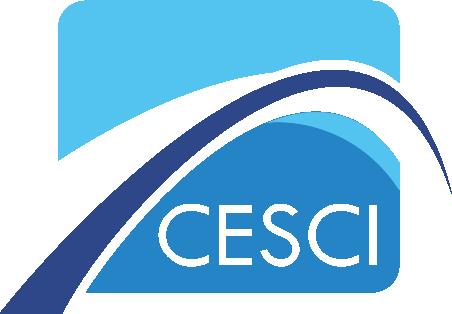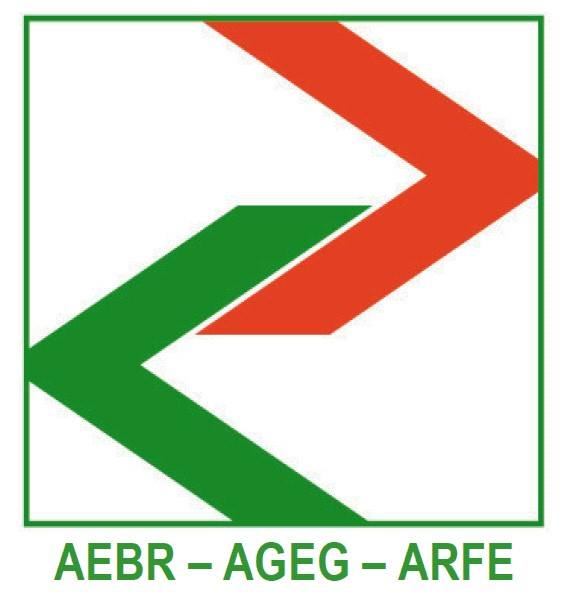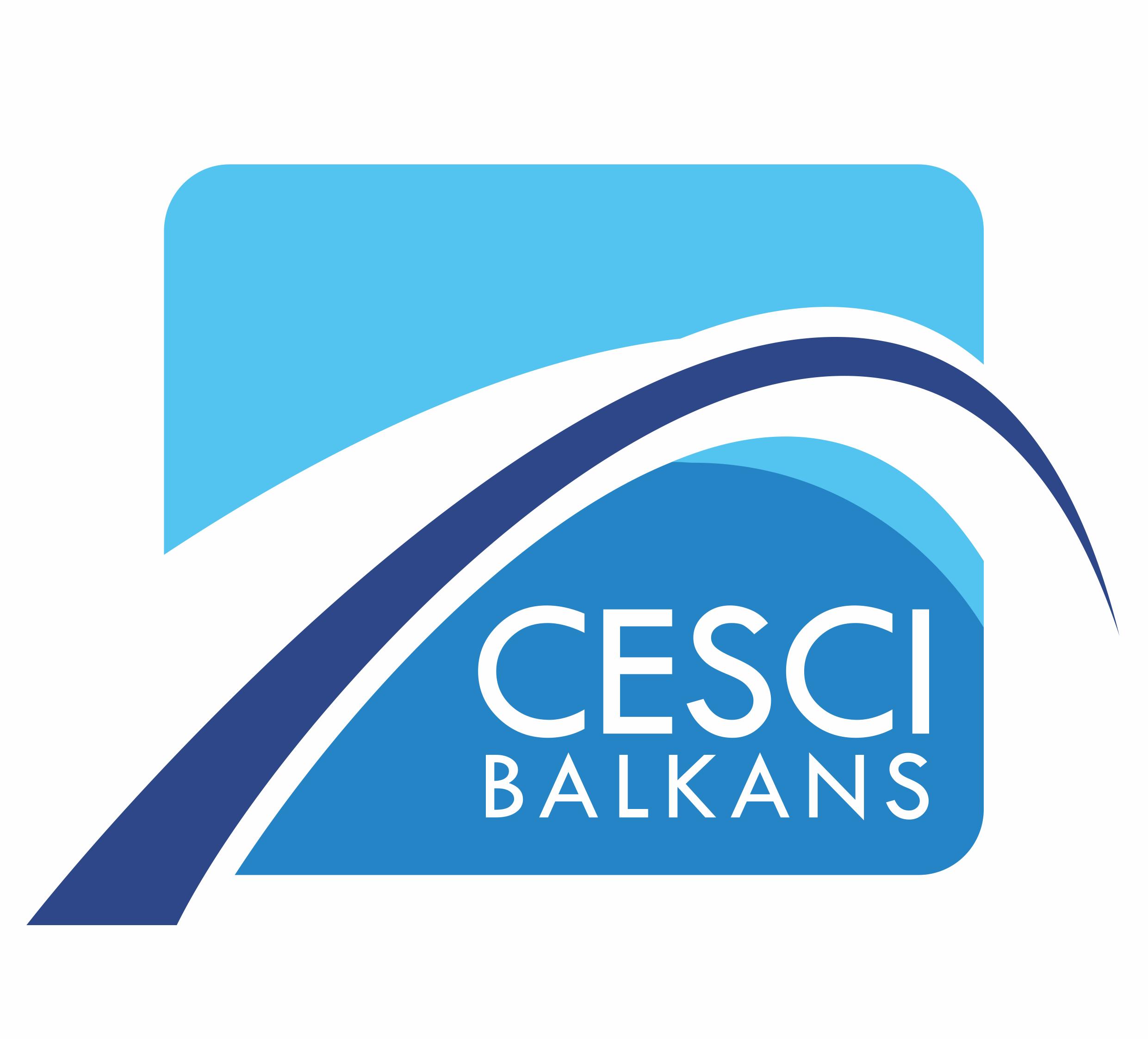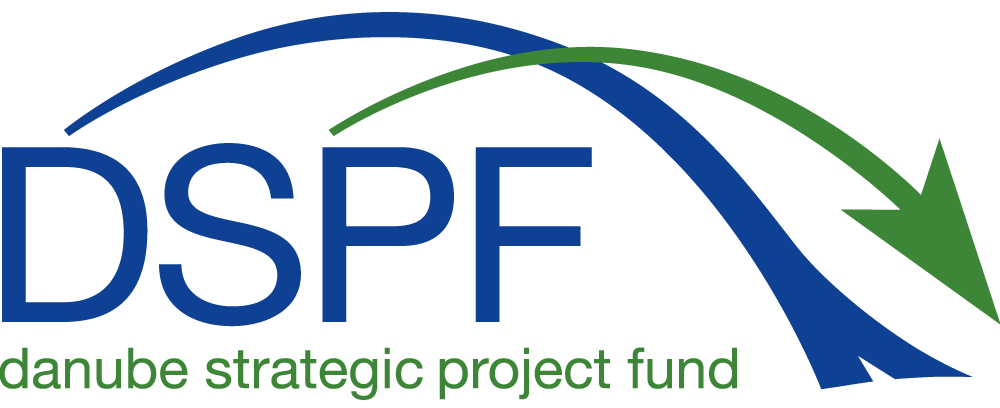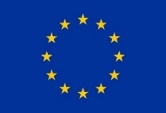The evaluation of the implementation process of the EU Strategy for the Danube Region (EUSDR) for the period 2020–2024, carried out by M&E Factory from March 2024 to March 2025, has now been concluded. The final report is available for download.
This evaluation aimed to analyze how effectively the EUSDR was implemented over the past four years, identifying both obstacles and good practices, and offering actionable suggestions for future improvements. Using an impact assessment model, the evaluation focused on six core areas: political support, governance structure, technical and stakeholder collaboration, funding mechanisms, policy influence, and the role of external factors in shaping implementation outcomes.
Key Insights and Conclusions:
Political Support
Since 2020, political backing for the EUSDR has either remained steady or improved, especially in EU candidate countries where it is seen as a valuable step toward EU integration. Nonetheless, some participants observed declining enthusiasm due to the Strategy’s long duration, inconsistent national-level engagement, and the prioritization of other national or EU agendas. Effective ways to boost political commitment include sustained focus from EUSDR Presidencies, engaging Annual Forums, regular ministerial-level discussions, and national coordination mechanisms. The Action Plan remains a vital tool, though it must remain adaptable in light of current and emerging challenges, including geopolitical shifts such as the war in Ukraine.
Governance
Stakeholders involved in the EUSDR often encounter difficulties in executing their roles due to limited resources, personnel changes, and funding constraints. On the positive side, the EUSDR Governance Architecture Paper has helped clarify responsibilities, and support mechanisms like the Danube Strategic Point and written procedures have been useful. Capacity-building efforts and the long-term focus of Presidencies are also contributing positively. However, simplification of the Governance Architecture Paper, improved communication among actors, higher engagement from EU Commission leadership, and greater involvement of the Danube Youth Council (DYC) are needed. The newly formed Danube Youth Organisation Network (DYON) could enhance youth engagement but must be clearly structured and adequately resourced.
Technical Implementation and Coordination
Engagement of stakeholders has improved since 2020, yet better coordination is needed among National Coordinators (NCs), Priority Area Coordinators (PACs), and Steering Group (SG) members at the national level. Inter-institutional coordination platforms have shown potential in aligning national agendas with the EUSDR’s goals. While cooperation with external parties, such as civil society and EU institutions, has advanced, deeper engagement with relevant Commission departments and local actors is essential. Technical implementation remains challenged by limited participation in steering groups, staff turnover, and a tendency for PACs to focus on projects rather than coordination, often due to funding models. Communication efforts have improved, though political visibility remains an issue, requiring more proactive efforts from core stakeholders.
Funding
The main source of funding for EUSDR initiatives is the Interreg Danube Region Programme, alongside other EU funds. While access to these resources is generally feasible, administrative burdens persist. A clearer connection between the EUSDR’s goals and specific funding programme objectives would support better uptake. Although tools exist to embed the EUSDR within funding schemes, they are underutilized. Managing Authority (MA) networks have helped foster collaboration, but participation across programmes is inconsistent. Strengthening these relationships will be essential, especially as programmes prepare for the post-2027 funding cycle. Better cross-priority area coordination and improved sharing of information on strategic projects are also critical for maximizing synergies.
Policy Influence
The EUSDR has yielded several meaningful results, including improved networking, greater political focus on regional issues, and support for EU enlargement. Concrete successes include joint infrastructure developments, harmonized border controls, and cross-border healthcare cooperation. However, there are concerns that the Strategy is becoming overly project-focused or that some PACs are left out of key funding discussions. Additionally, non-tangible benefits such as policy dialogue platforms and enhanced cooperation remain fragile due to staff changes and uneven engagement by core actors.
External Influences
External events such as the COVID-19 pandemic and Russia’s invasion of Ukraine have significantly affected EUSDR operations. While the pandemic disrupted face-to-face meetings, it also normalized digital communication and written decision-making. The conflict in Ukraine has underscored the importance of regional cooperation and the need for flexible, strategic approaches within the EUSDR framework.
For full recommendations and detailed analysis, download the complete EUSDR Process/Implementation Evaluation report.

